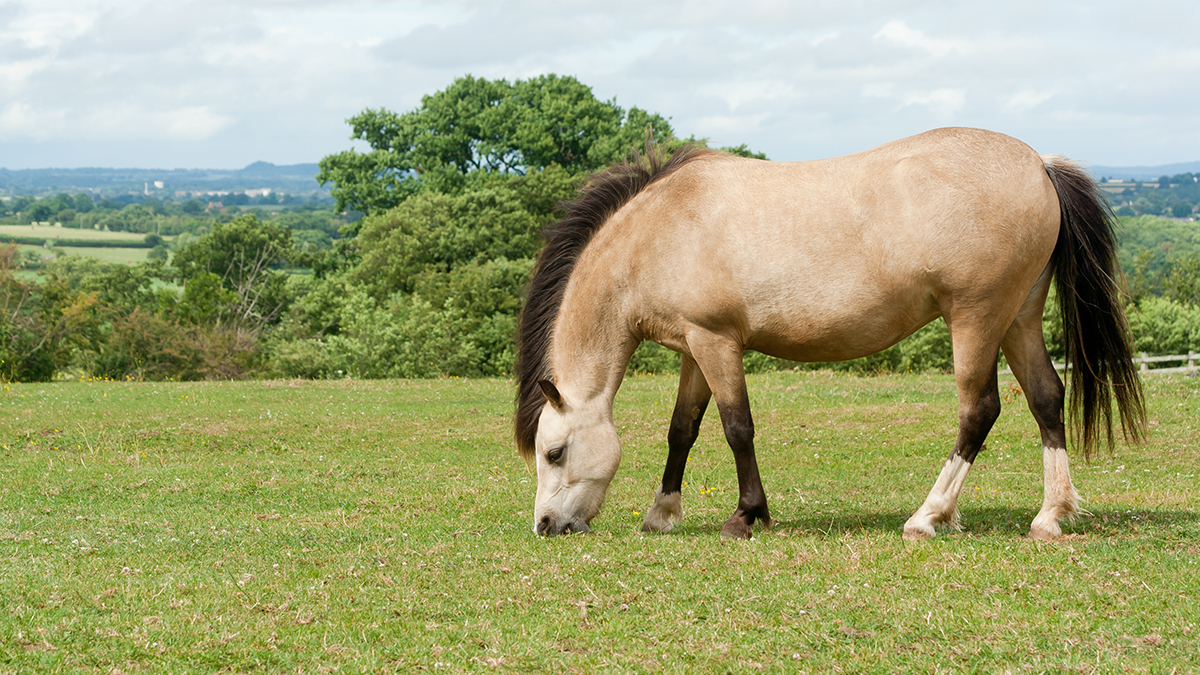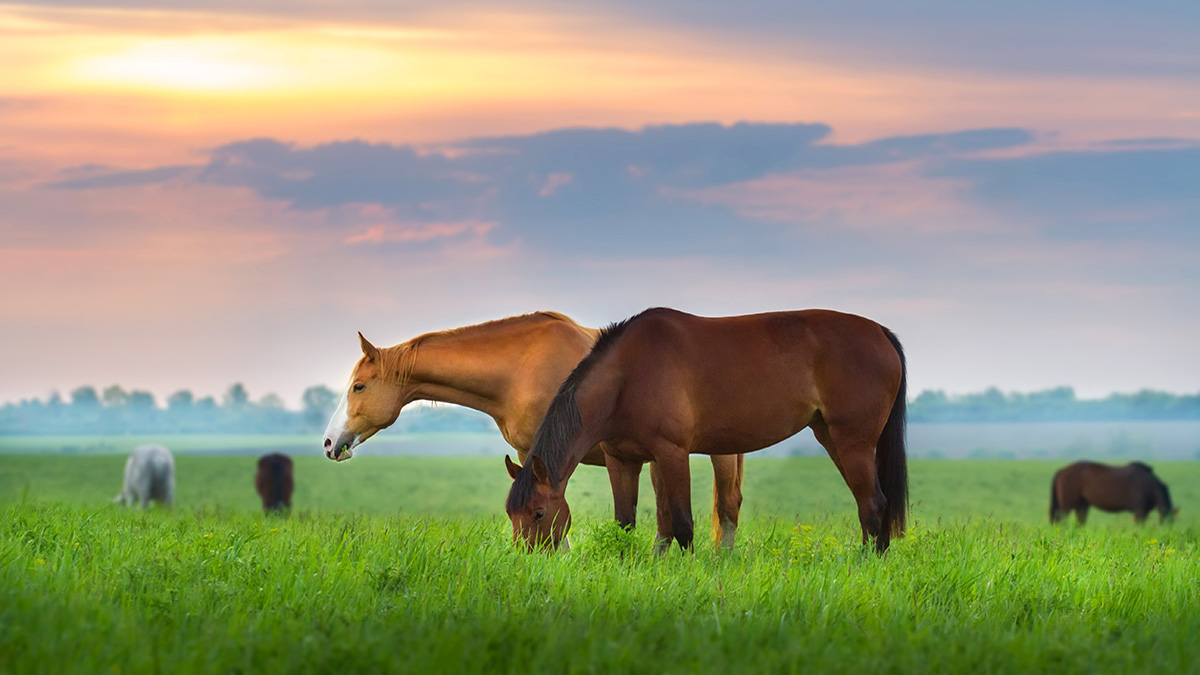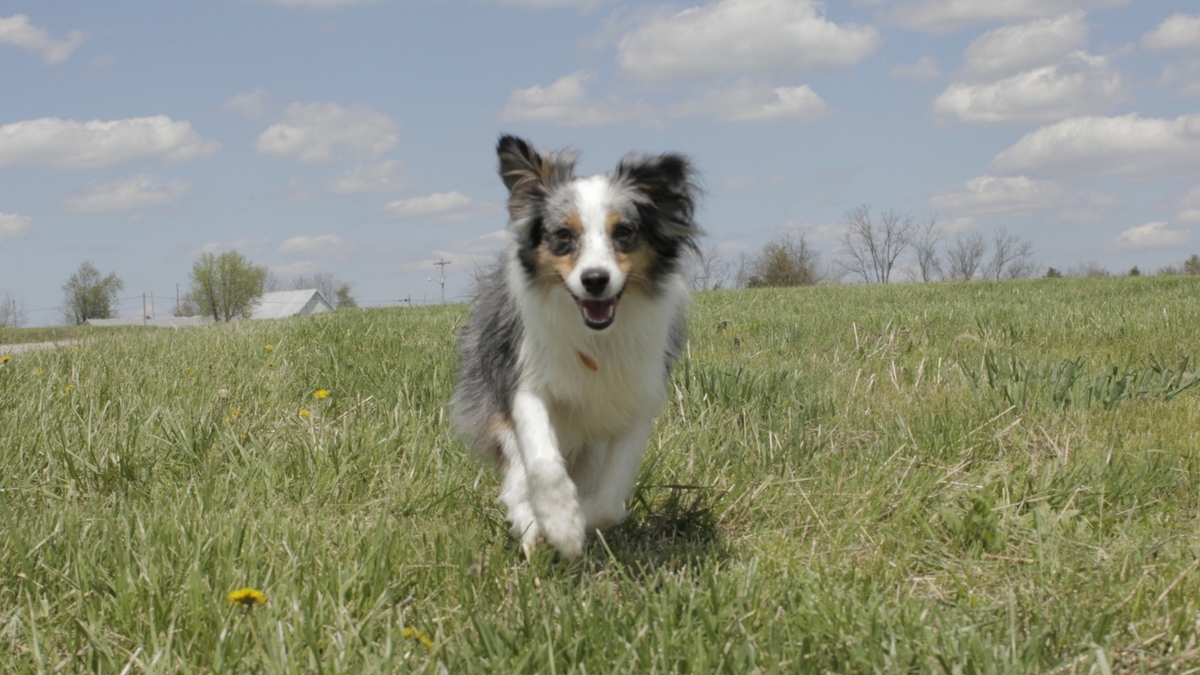Australis: A sustainable "Seafood Champion"
Australis Vietnam is the largest barramundi producer in Asia and has introduced a new superfood to the market: The Sustainable Seabass®. This barramundi is antibiotic-free, mercury-free, hormone-free and high in omega-3. Located in Van Phong Bay, Vietnam, this premium brand aims to produce 10,000 tons of fish a year upon reaching maximum production capacity.
A recipient of the prestigious Seafood Choices Alliance’s Seafood Champion Award, Australis brought its innovative ocean farming approach from the U.S. to central Vietnam. It employs a hybrid system of offshore marine net pens and on-land nursery tanks using recirculating aquaculture systems (RAS). RAS, a sustainable technology that has modernized aquaculture, dramatically reduces the amount of water and space required to intensively produce seafood products.
To ensure the efficient growth of their fish, Australis Vietnam has been using Alltech’s Bio-Mos® since 2013. Bio-Mos is incorporated into aquaculture diets to support gut integrity and overall animal performance. It is effective during all phases of growth.
“Bio-Mos meets our demands for feed performance and conversion goals,” said Bao Nguyen, production manager at Australis Vietnam. “I am satisfied with the product. It is irreplaceable.”
Australis and Alltech are aligned in core values. While Australis’ mission is to pioneer climate-smart ocean farming with The Better Fish® concept, Alltech aims to deliver smarter solutions for agriculture through its ACE principle. Ensuring the quality and safety of food is a priority for both companies.
“Alltech has a great brand awareness and reputation in the feed industry, so I am assured when using Alltech’s products,” noted Nguyen. “There is competition, but we prefer Bio-Mos because of the positive results. Moreover, the Alltech team’s technical expertise is incredible.”
Have a question or comment?
- Read more about Australis: A sustainable "Seafood Champion"
- Log in to post comments

<script charset="utf-8" type="text/javascript" src="//js.hsforms.net/forms/v2-legacy.js"></script>
<![endif]--><script charset="utf-8" type="text/javascript" src="//js.hsforms.net/forms/v2.js"></script><script>
hbspt.forms.create({
portalId: '745395',
formId: '9a2b89e0-455d-49e8-927e-620466728a8d'
});
</script>
Australis’ mission is to pioneer climate-smart ocean farming. Bao Nguyen (right) is the production manager of Australis Vietnam.























